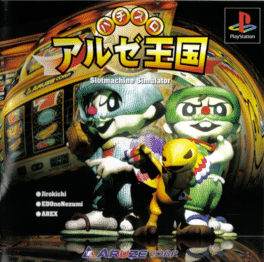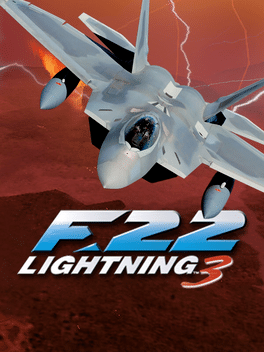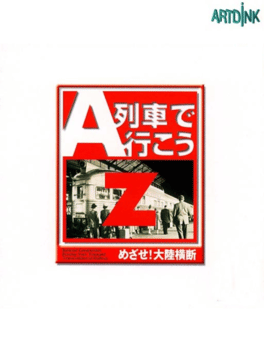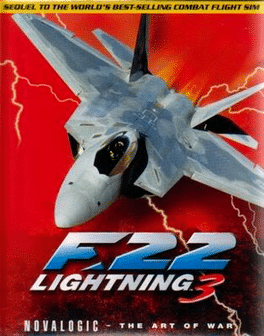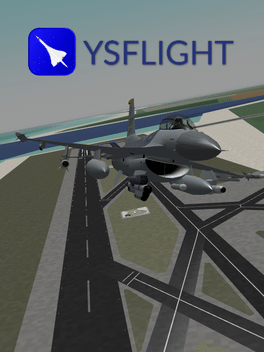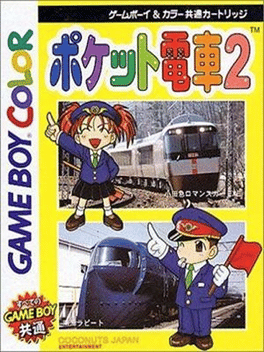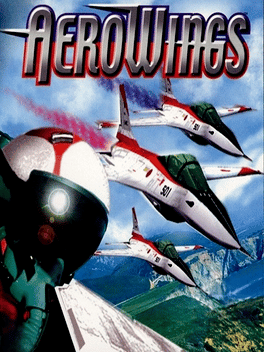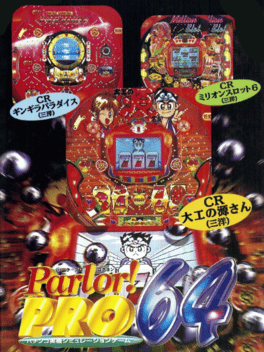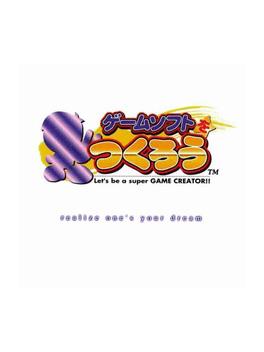New Simulator Games - Page 342
-
F-22 Lightning 3
1999
F-22 Lightning 3
1999
star 5Mass Destruction! Use tactical nuclear weapons to level entire city regions. The most realistic weather environments ever created. Changing weather effects including: rain, snow, hail, and wind. Extreme temperatures affect flight performance. Fly it yourself or let the world's most advanced fighter do it for you! -
A-Ressha de Ikou Z: Mezase! Tairiku Oudan
1999
Released in May 1999 in Japan for the PS1, this was a re-imagining of the first game's setting and objectives, using the 3D engine of A5. -
F-22 Lightning 3
1999
F-22 Lightning 3
1999
F-22 Lightning 3 is a combat flight simulation computer game from NovaLogic and It is based on the F-22 Raptor produced by Lockheed Martin. -
Pocket GI Stable
1999
-
Taiyou no Otsuge
1999
Taiyou no Otsuge
1999
Taiyou no Otsuge is a tarot game in which the player provides the data and the game make a tarot diagnosis about love, study, work, health, luck, etc. The game features also some mini games. -
YSFlight
1999
YSFlight
1999
Shoot down waves of hostile aircraft offline, demolish nearly any ground object with any weapon, or challenge other combat pilots online to test your mettle as a flying ace. Use the navigation instruments to plot a peaceful flight, or hunt your prey with air to ground missiles, coming in for the kill with a hail of gunfire. Fly aerobatic formations, fight in ultra-lights, or land a strategic bomber on a helicopter pad. The only limits are your imagination, your add-on collection, and the rules of the server where you fly. -
Pocket Densha 2
1999
-
Pokémon Snap
1999
Pokémon Snap
1999
star 7.6Traverse various areas and take photographs of different types of Pokémon by discovering their secrets. Capture the perfect frame to gain bonus points from Professor Oak in order to unlock helpful items and locate and photograph the elusive Mew, a legendary Pokémon whose existence has never been recorded. -
AeroWings
1999
AeroWings
1999
star 6.6AeroWings is a simulation that allows the player to fly as a member of a jet aerobatics team. The game contains a variety of jet-powered aircraft that the player can fly in several game modes. • Blue Impulse Mission: Learn 20 aerobatic maneuvers and become a member of the elite Blue Impulse team. Learn loops, rolls, and more while flying both solo and in formation. • Sky Mission Attack: Fly through a series of targets suspended in mid-air before time runs out. • Free Flight: Fly around and freely explore the landscape. • Multi Play: Up to 4 players can perform in formation simultaneously. -
Airline Pilots
1999
Airline Pilots
1999
Airline Pilots is a flight simulator released for Sega NAOMI arcade hardware in 1999. The game simulates flying a Boeing 777 aircraft, and was developed with the input of engineers and pilots from Japan Airlines. Two different cabinet models were manufactured. The default type is a typical sit down cabinet with one monitor, while the "DX type" cabinet features three side-by-side 29" monitors, which surround the player to create a "cockpit". The extreme difficulty of "Airline Pilots", combined with a lack of interest in realistic flight simulators, led Sega to manufacture a conversion kit which allowed owners to convert the units into the more popular Sega Strike Fighter. As a result, Airline Pilots cabinets are relatively rare. -
Hamster Paradise
1999
-
Favorite Dear
1999
Favorite Dear
1999
A mix between an RPG and a raising simulation by NEC Interchannel for the PlayStation. -
Tokimeki Memorial Pocket Sports Version: Koutei no Photograph
1999
In 1999 Tokimeki Memorial was ported again to the Game Boy Color in two versions, Tokimeki Memorial Sports Version: Kotei no Photograph and Tokimeki Memorial Culture Version: Komorebi no Melody, dividing 10 of the characters between the two games and adding three new winnable characters, Patricia McGrath, Naomi Munakata, and Kyoko Izumi. The Game Boy Color versions also featured a Beatmania mini-game, compatibility with the Super Game Boy, a screen saver mode, and a two-player versus minigame. The game received a sequel the same year. -
Tokimeki Memorial Pocket Culture Version: Komorebi no Melody
1999
In 1999 Tokimeki Memorial was ported again to the Game Boy Color in two versions, Tokimeki Memorial Sports Version: Kotei no Photograph and Tokimeki Memorial Culture Version: Komorebi no Melody, dividing 10 of the characters between the two games and adding three new winnable characters, Patricia McGrath, Naomi Munakata, and Kyoko Izumi. The Game Boy Color versions also featured a Beatmania mini-game, compatibility with the Super Game Boy, a screen saver mode, and a two-player versus minigame. The game received a sequel the same year. -
Googootrops
1999
Googootrops
1999
Googootrops is a simulation game in which the player takes the role of a prehistoric man. The goal is to discover new items and use them to advance in the game. -
Click Medic
1999
